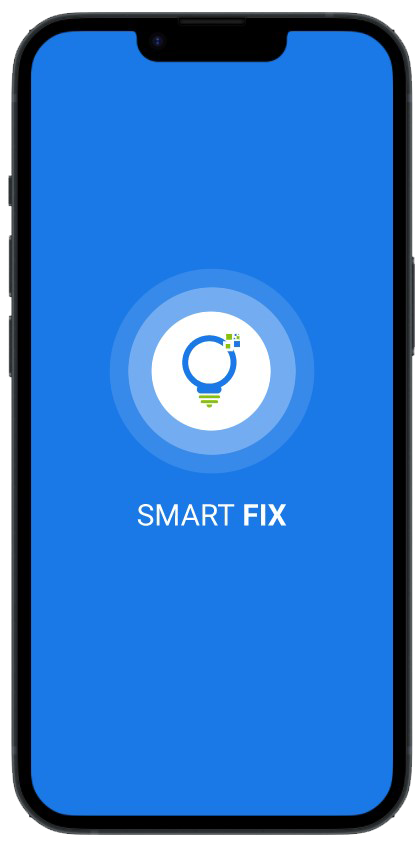
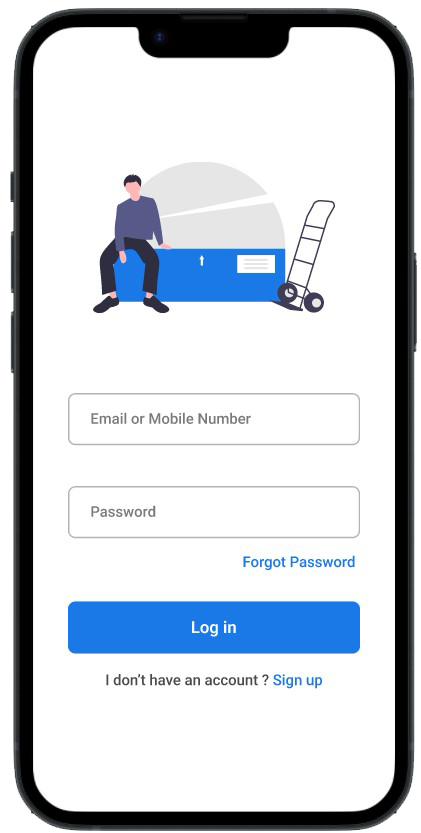






Overview
Design a mobile app that allows residents to report road repairs, graffiti, and trash-related issues in their community. The app will facilitate communication between residents and local authorities to ensure timely resolution of these issues.
Problem Statement
Urban areas often suffer from infrastructural neglect, such as damaged roads, graffiti, and uncollected trash. These issues not only impact the aesthetic appeal of a community but also pose safety risks. Residents need an easy-to-use platform to report these issues, track their status, and receive updates from local authorities.
Role & Tools
Senior UI/UX Designer
Tools Used
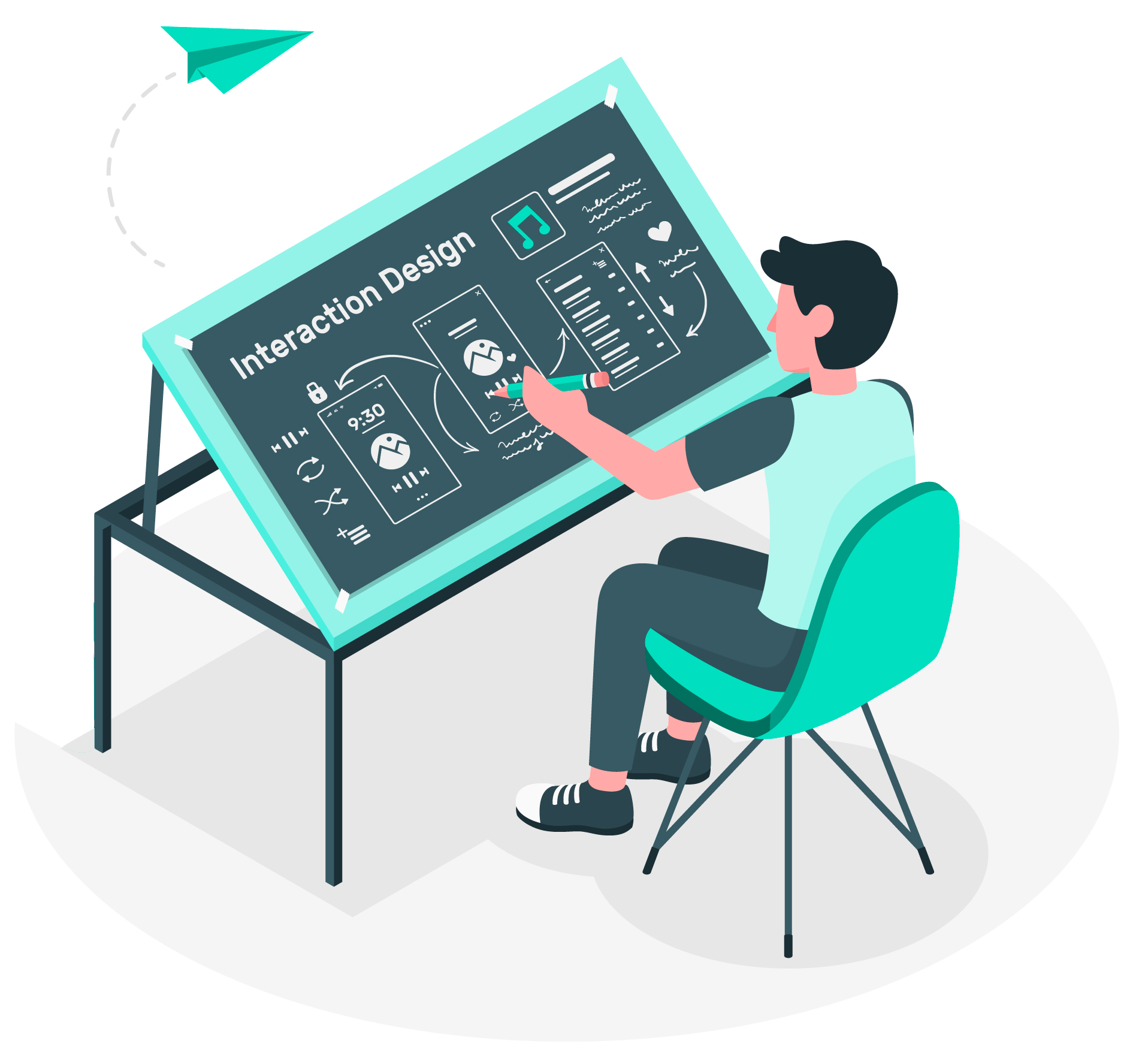
Secondry Research
User Interviews
Conducted interviews with 15 residents across different demographics to understand their pain points regarding community issues and their expectations from a reporting platform.
Key Insights:
Competitive Analysis
Analyzed existing platforms such as FixMyStreet and SeeClickFix to identify strengths and weaknesses.
Findings
User Scenerio
| Name | Age | Occupation | Tech Savviness | Pain Points | Goals |
|---|---|---|---|---|---|
| Rajesh | 45 | Office Worker | Moderate | Frustrated by the unresponsiveness of local authorities when reporting road damage. | Wants a quick and easy way to report and track issues without needing to follow up multiple times. |
| Maheshwari | 30 | Stay-at-home Parent | Low | Finds existing platforms too complicated to use. | Desires a straightforward interface with simple language to report issues in her neighborhood. |
| Lingesh | 60 | Retired | Low | Struggles with technology and finds it hard to report issues. | Needs a user-friendly app with clear instructions and voice input capability. |
User Journey Map
| Stage | Actions | User Thoughts | Pain Points | Opportunities |
|---|---|---|---|---|
| Awareness | Notices a problem (e.g., graffiti) | "This needs to be reported." | Unsure where to report the issue | Promote app through community outreach |
| Consideration | Opens the app to report the issue | "How do I use this app?" | Complex UI/UX design | Design a simple, intuitive interface |
| Reporting | Submits the issue via the app | "Was my report received?" | No confirmation or feedback | Provide instant confirmation and status |
| Follow-Up | Waits for the issue to be resolved | "What's the status of my report?" | Lack of updates | Implement real-time tracking and alerts |
| Resolution | Issue is resolved and closed | "Finally, it's fixed!" | No feedback mechanism | Allow users to provide feedback |
Competitor Analysis
| Competitor | FixMyStreet | SeeClickFix | CitySourced | TrashOut |
|---|---|---|---|---|
| Platform | Web & Mobile | Web & Mobile | Web & Mobile | Web & Mobile |
| Customer Rating | 3.5 | 4.0 | 3.8 | 4.4 |
| Strengths | Wide Adoption, Transparency, User-Friendly Interface | Direct Communication, Customizable, Community Engagement | Customizability, Comprehensive Features, Real-Time Updates | Niche Focus, Community Engagement, Ease of Use |
| Weaknesses | Lack of Real-Time Updates, Limited Customization, No Direct Communication | Complex UI, Delayed Response, High Dependency on Local Authorities | Complexity, High Cost for Municipalities, User Learning Curve | Limited Scope, Dependency on Volunteers, No Direct Communication with Authorities |
| Threat | Increasing Competition: New apps with more advanced features could erode FixMyStreet’s user base. | User Frustration: Delayed responses from authorities could lead to user dissatisfaction and abandonment. | Competition from Simpler Apps: Simpler, more focused apps could appeal more to users who just want to report issues quickly and easily. | Limited Appeal: Its narrow focus may limit its user base compared to more comprehensive platforms. |
Information Architecture
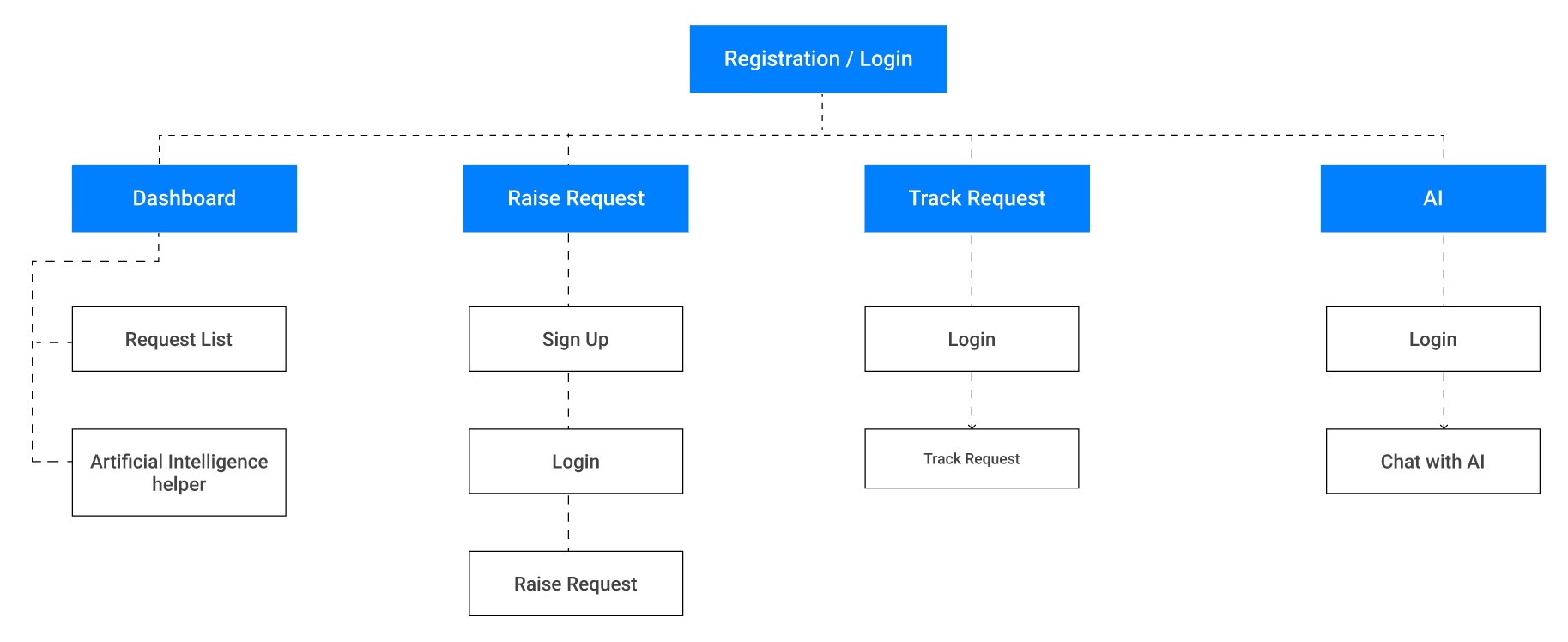
User Flow
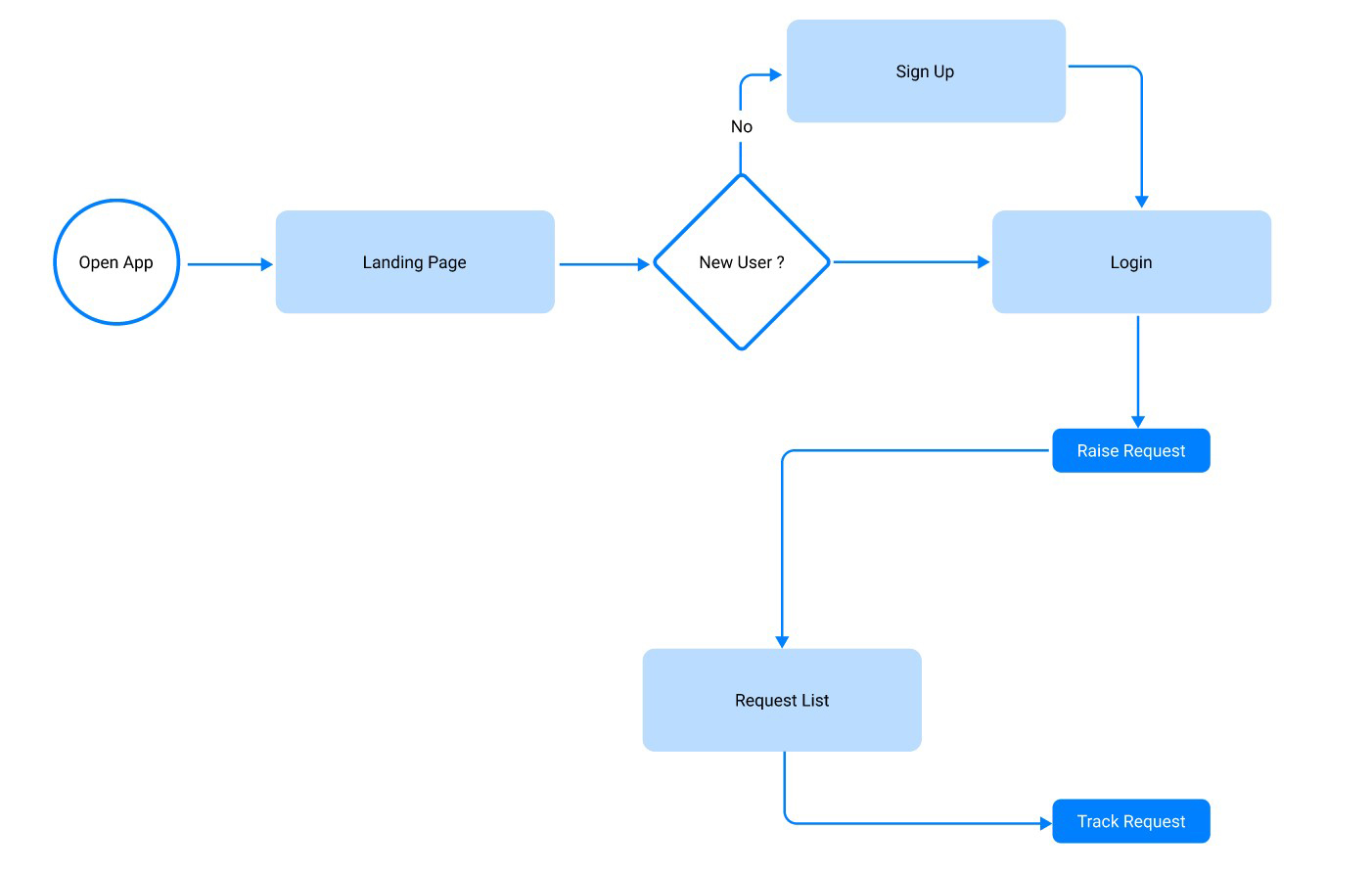
Low Fidelity
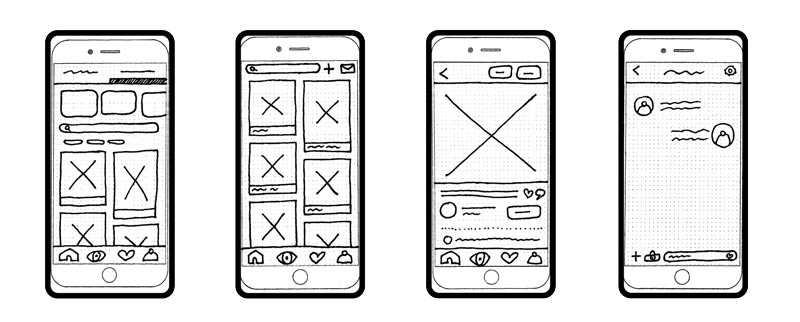
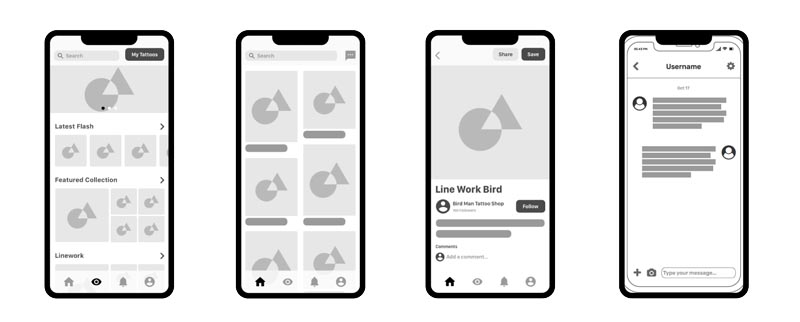
App Flow